Tired of the hustle and bustle of Rome? Check out our quick guide on the legends, myths, and nature of the Castelli Romani with a particular focus on the Via Sacra of Monte Cavo. The older and lesser-known Via Sacra on Monte Cavo (RM), dear to the Latin tribes of Southern Latium, is the perfect destination for a day-trip to the Castelli Romani, an escape from Rome's hustle and bustle. Enjoy this quick guide on the history and nature of this unique place.
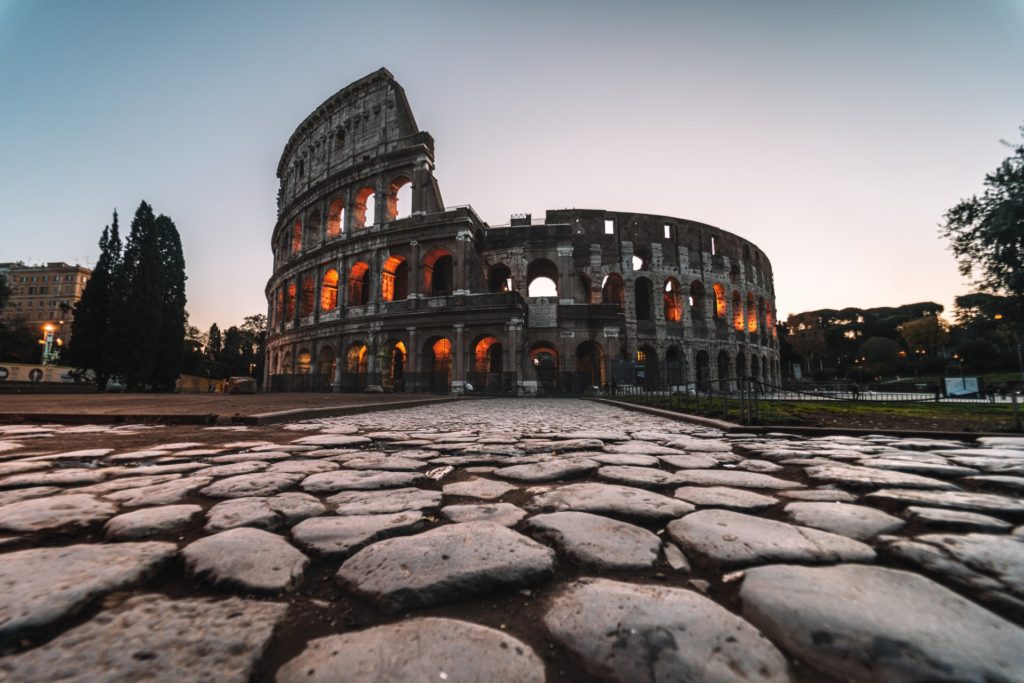
Rome: when speaking of Via Sacra (holy street), you might immediately think about the one that runs from the Capitoline Hill through the religious sites of the Forum to the Colosseum.
The traditional route of the Roman Triumph, the road that provided the setting for many deeds and misdeeds of Rome's history, the solemn religious festivals, the magnificent triumphs of victorious generals, and the daily throng assembling in the Basilicas to chat, throw dice, engage in business, or secure justice.
There's more to the Via Sacra, and you will find it in the Castelli Romani Regional Park area, snaking up Monte Cavo and immersed in a luscious forest with magnificent views.
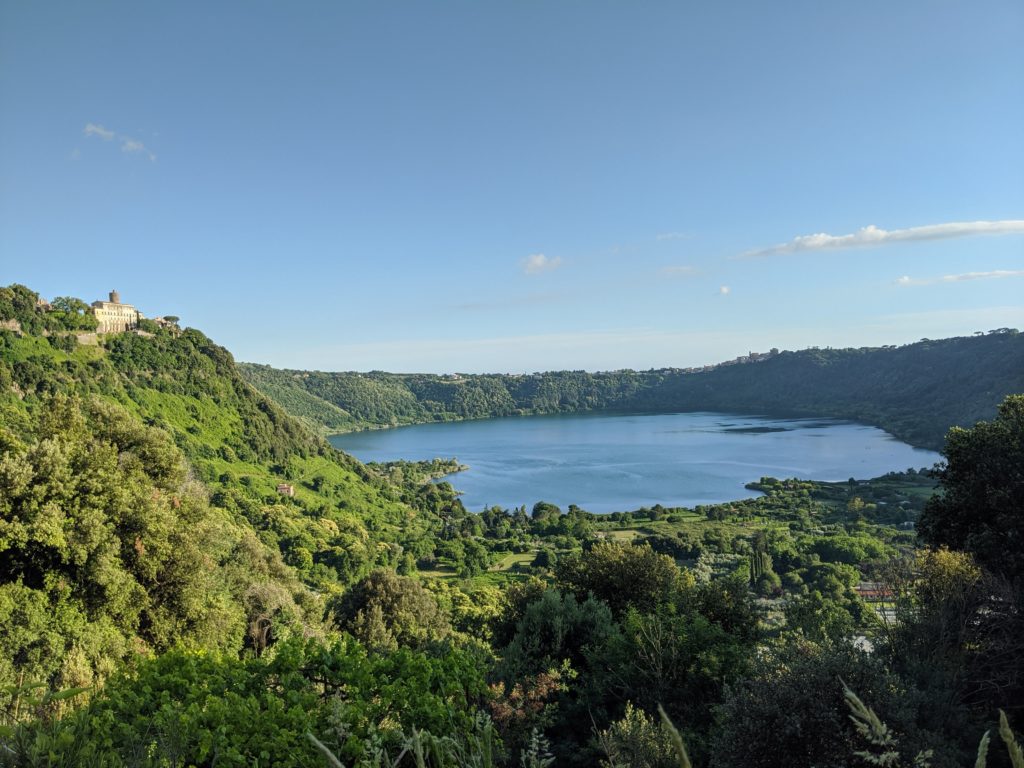
This other Via Sacra that pre-dates the more famous one in Rome, is located on the tallest mountain south of the city: Monte Cavo or Mons Albanus as the ancients called it. The mountain has an elevation of 949 meters (3,313 feet), making it the tallest peak of the ancient and now dormant Latium volcanic complex.
Monte Cavo is visible for miles from the plains surrounding Italy's capital and was regarded as a holy place - somewhat like Mt. Olympus in Greece - by the Latin League people, local allied villages that pre-dated Rome.
According to legend, Ascanius (said to have reigned 1176-1138 BC), the legendary king of Alba Longa and son of the Trojan hero Aeneas, founded the temple of Iuppiter Latialis.
The temple was holy to all the villages, towns, and cities that were part of the Latin League who once a year celebrated the Feriae Latinae in honor of the victory of Tarquinius Priscus against the attempted invasion by the Etruscans. The importance of this pre-Roman holiday was such that all wars were suspended during the celebratory period, just like the Olympics celebrated by the Hellenics.
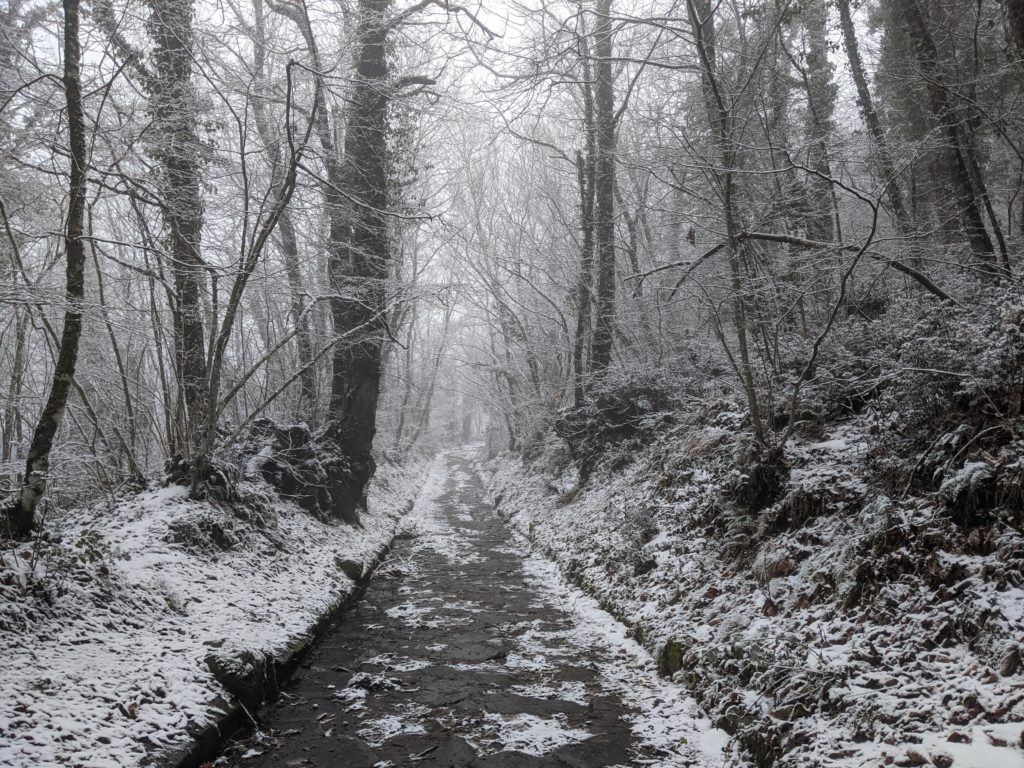
The Via Sacra was over 30 kilometers long. It also ran through the town of Nemi, home of the temple of Diana Nemorensis, and reached the foothills of Monte Cavo, where a basalt paved stretch of about 6 kilometers led to the top of the mountain, the location of the sacred temple of Iuppiter Latialis.
As Rome gained its political and strategic power, so did the cult's popularity of Iuppiter Capitolinus, always devoted to Jupiter but focusing on Rome.
However, the temple on Monte Cavo retained its importance through time. The builders of the city's religious structure decided to safeguard the cult's continuity taking care that the Capitoline temple faced the temple on Mons Albanus.
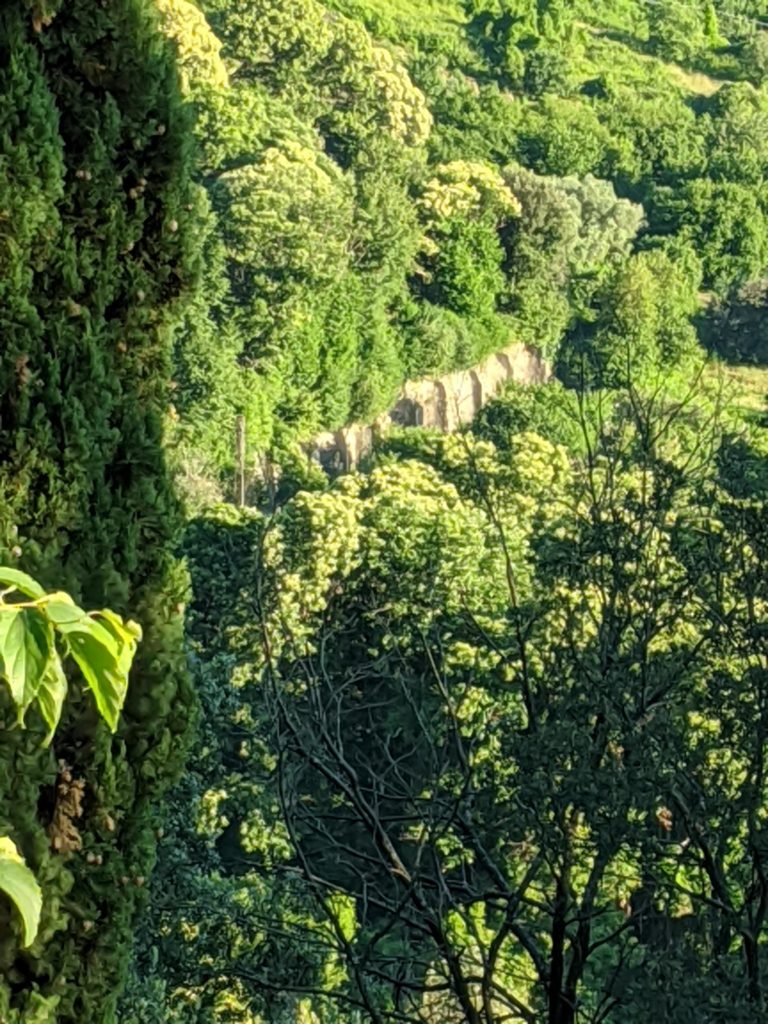
Quick fact: Did you know where the word 'Ovation,' comes from? It comes from 'ovis,' the sheep that was offered as a sacrifice, during the celebrations in Monte Cavo's temple. These ovations constituted the triumphs paid to those winning generals who were not granted the triumph at the Campidoglio in Rome (it is no coincidence that the sacred road on Monte Cavo was also called Via Trionfale.
The most significant triumphs and ovations celebrated on Monte Cavo were those of Marcus Claudius Marcellus and Lucius Aemilius Paullus Macedonicus. Latin writers report that Marcus Claudius, winner of Syracuse, in 212 a. C. climbed the route with eight elephants and all the loot of treasures and war machines (even those invented by Archimedes).
Lucius Aemilius Paullus - conqueror, in 168 BC, of Macedonia is said to have paraded - for three days - his war treasures, prisoners, and King Perseus (along with his family, who had been enslaved) on the Via Sacra of Monte Cavo.
Today, nothing remains of the ancient temple except for a few boulders brought to light during the excavations in 1929.
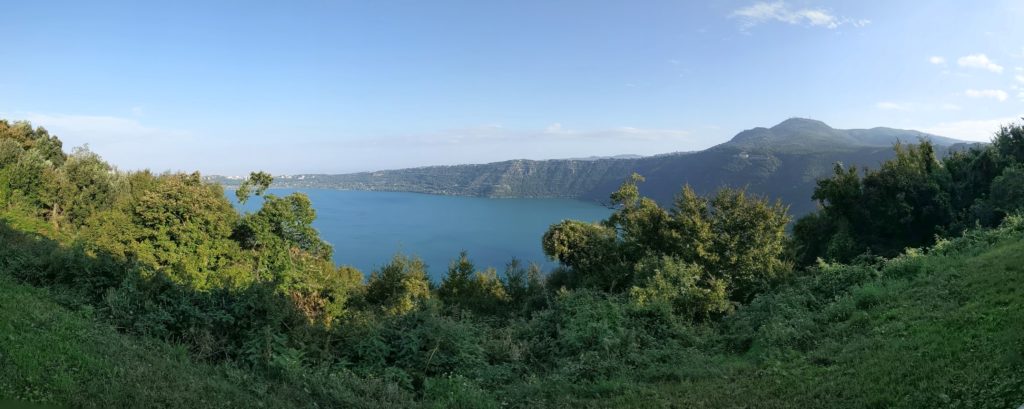
Scottish anthropologist Sir James George Frazer, author of The Golden Bough: A Study in Comparative Religion, hypothesized that the reason for which we don't have any "important" remains of Jupiter's temple is because there might have never been an actual structure resembling the temples we find in Rome, Athens, Sicily, etc. It is more likely that the area at the top of the mountain was the sacred site itself, more of a thick wooded area or Nemus in Latin.
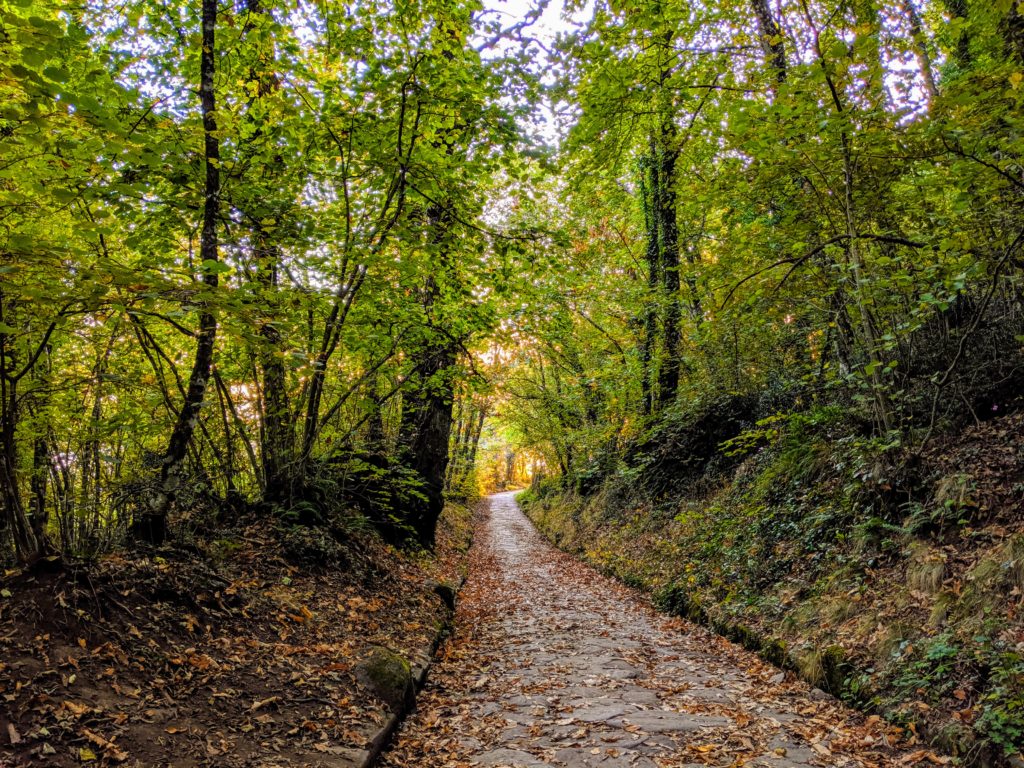
On the other hand, the road is very well preserved and can still be easily accessed from the base of Monte Cavo, along the Via Ariccia in the town of Rocca di Papa. The basalt slabs that pave the road are still in place and intact all the way up to the top of the mountain. The road, 2.55 meters wide, snakes up the western slope through a thick forest, now part of the Castelli Romani Regional Park. Contrary to the Via Sacra in Rome, you will also notice that the pavement does not have the typical ruts created by the wheels of horse-drawn carts. This was a holy road and, besides a few exceptions, one could only walk it on foot.
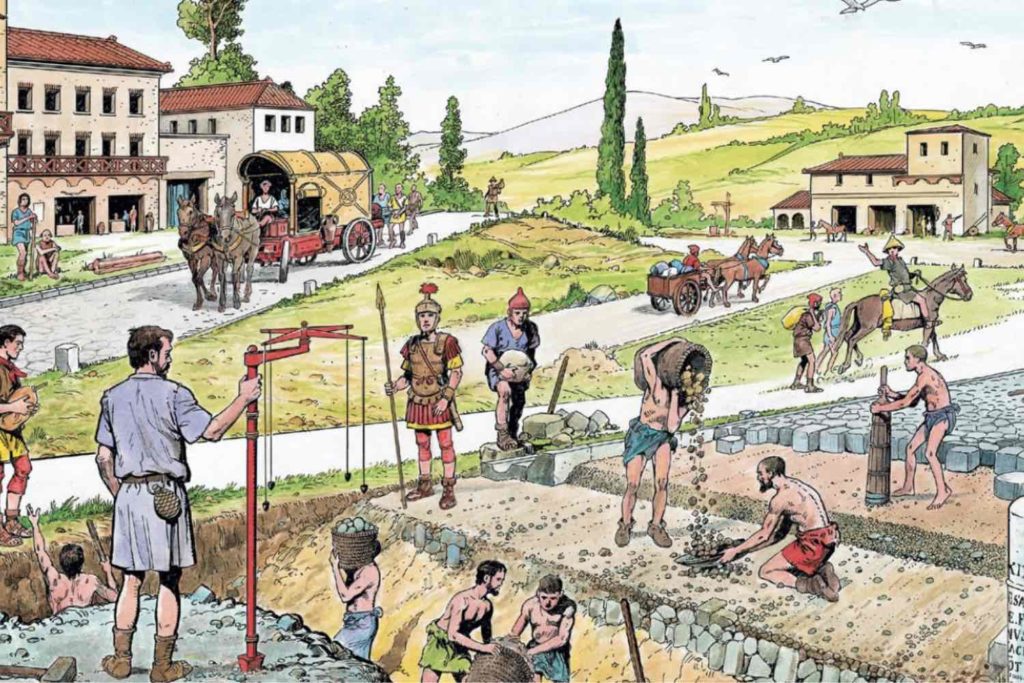
As they were built in layers, they took the name of viae stratae, hence the Italian term strada the English street, and the German straße. The level of Roman engineering was such that we still find relatively well-preserved remnants, like the Via Sacra, all around the so-called Roman Empire. Romans knew the importance of building a long-lasting infrastructure to secure efficient commercial networks and give the armies an unprecedented level of mobility and speed, allowing legionaries to March for 36 kilometers a day.
The luscious vegetation that can be admired along the route is comprised of Field Maples (up to 25 meters high, stunning during the autumn months), Mountain Ash (up to 12 meters in height and well known by the local ancient population, which prepared a sauce with its fruits and used the pulp from the trunk as a filler in bread during famines), and hazelnut trees.
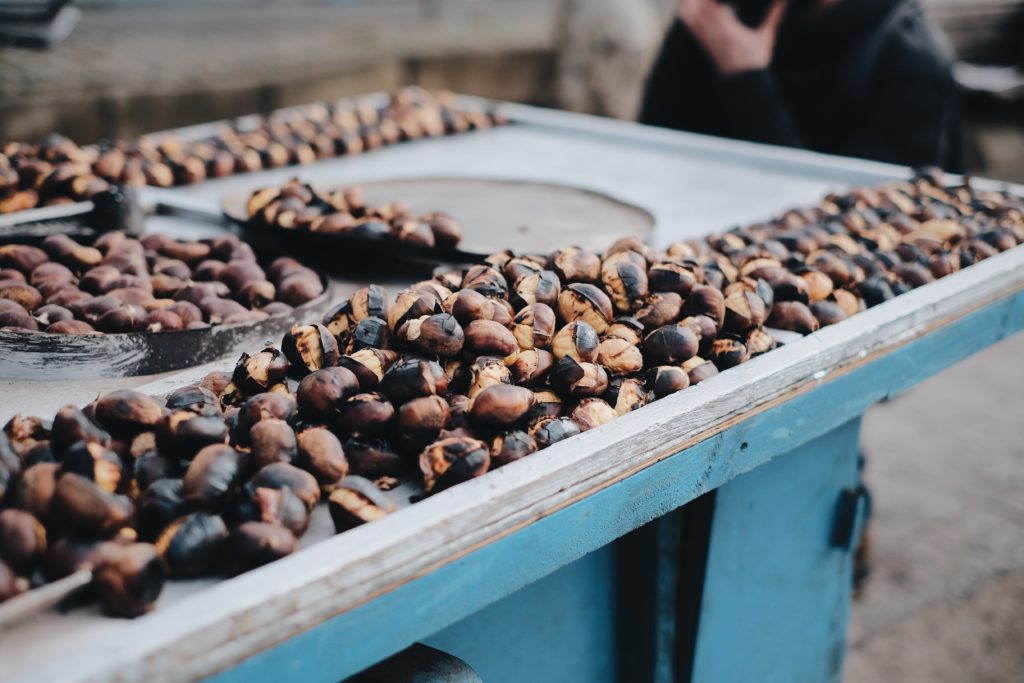
The most common species in this area is definitely the chestnut tree. Many locals flock to these forests during the fall to pick the chestnuts - castagne or caldarroste - which are usually roasted in a pan by the fireplace. They are a delicious treat that nature keeps on giving us every year.
These trees change colors throughout the seasons, and if you have a chance, you shouldn't miss out on going for a walk on the Via Sacra to admire the vibrant red, yellow, and orange colors of the leaves carpeting the foothills of Monte Cavo.
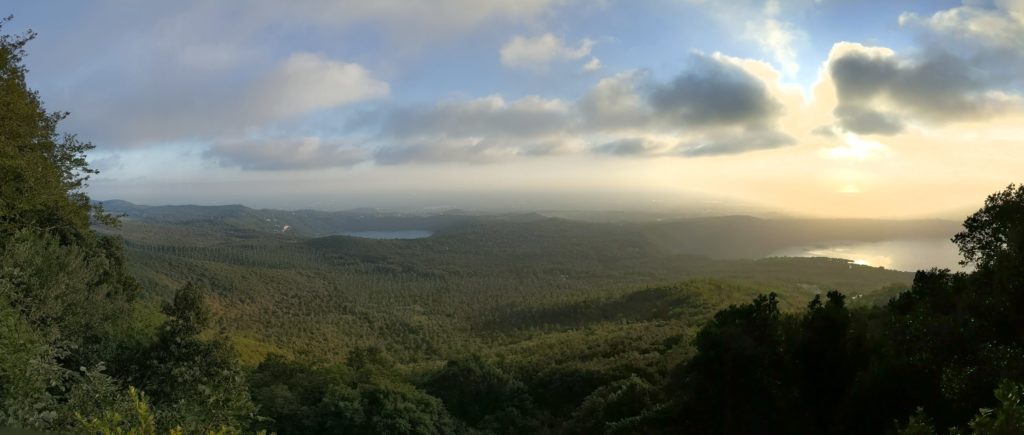
As you keep walking towards the summit, you will also be gifted with stunning views of the two volcanic lakes (Lake Albano and Lake Nemi), the countryside south of Rome, and the Tyrrhenian coast. On clear days you can also see as far as the Pontine Islands of Ponza, Ventotene, Palmarola, Zannone, Ventotene, Santo Stefano, and all the way to the Circeo National Park. At an altitude of about 800 meters, you will start running into majestic Beech trees up to 35 meters in height, renowned for their wood's strength and used for railroad sleepers (now made of reinforced concrete).
Once you reach 900 meters, you will find Mountain Maples larger than their Field relatives and reach heights of 40 meters. This particular Maple is the longest-lived among its relatives, and its wood is excellent for building strong furniture and musical instruments. Last but not least, Hawthorne is fairly common near the summit; it flowers between April and May and has restorative, antidiarrheal, hypotensive, and cardiotonic properties.
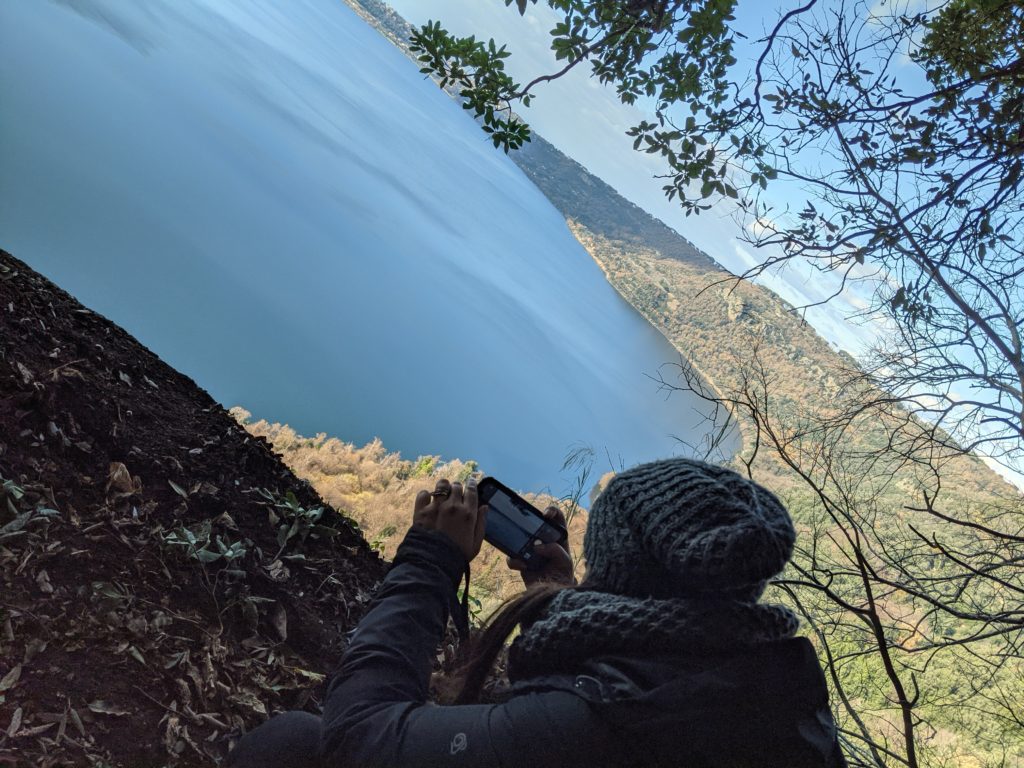
This lesser-known Via Sacra of the Castelli Romani is a site you must visit if you're around Rome and have an afternoon to spare (especially during the springtime and the fall). The history, the spiritual aura, nature, the views, and the fresh air make this a truly exceptional place to visit. Also, if you're into mountain biking, you can enjoy dozens of trails running down the slopes of Monte Cavo and connecting with the nearby towns of Nemi and Castel Gandolfo, their relative lakes, as well as the famous Via Francigena. If you're into food, you'll find local delicacies such as porchetta in Ariccia, IGP artisanal bread in Genzano, wild strawberries in Nemi, the wine festival in Marino, and the peach festival in Castel Gandolfo. It's a truly unique area at a stone's throw from Rome, and we, at Cohubitat, can't wait to share more of the Castelli Romani with you.